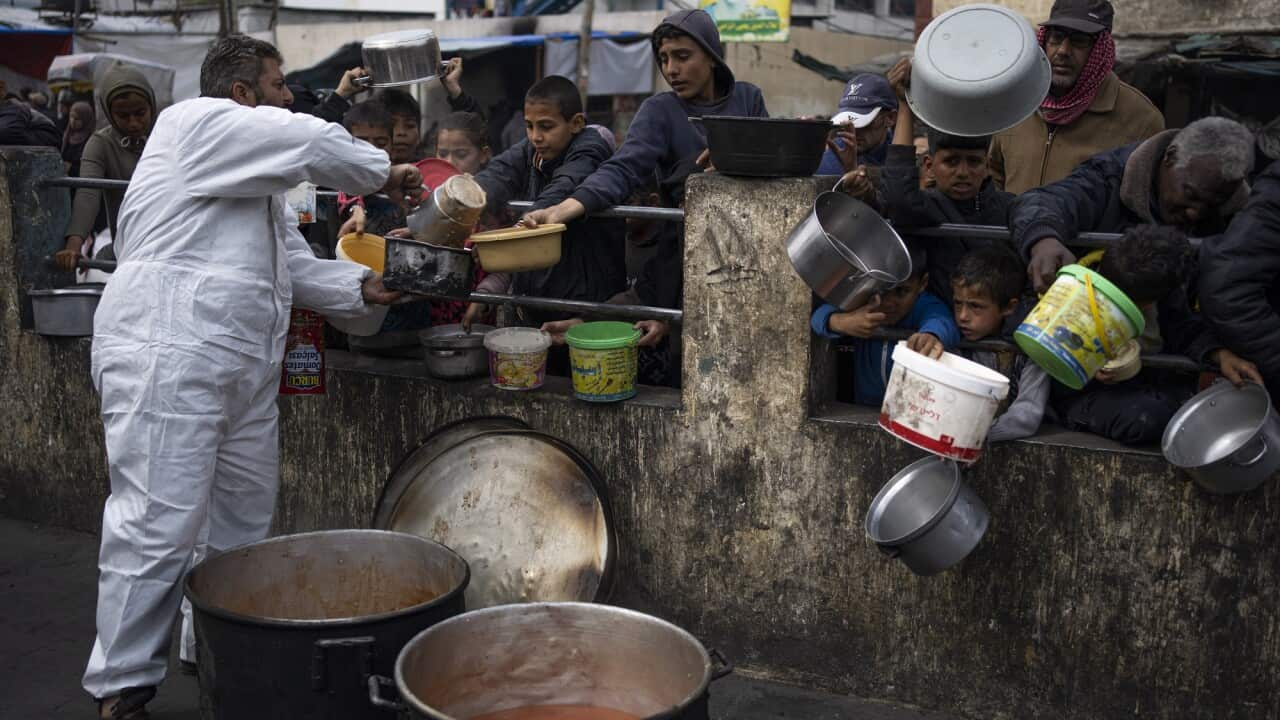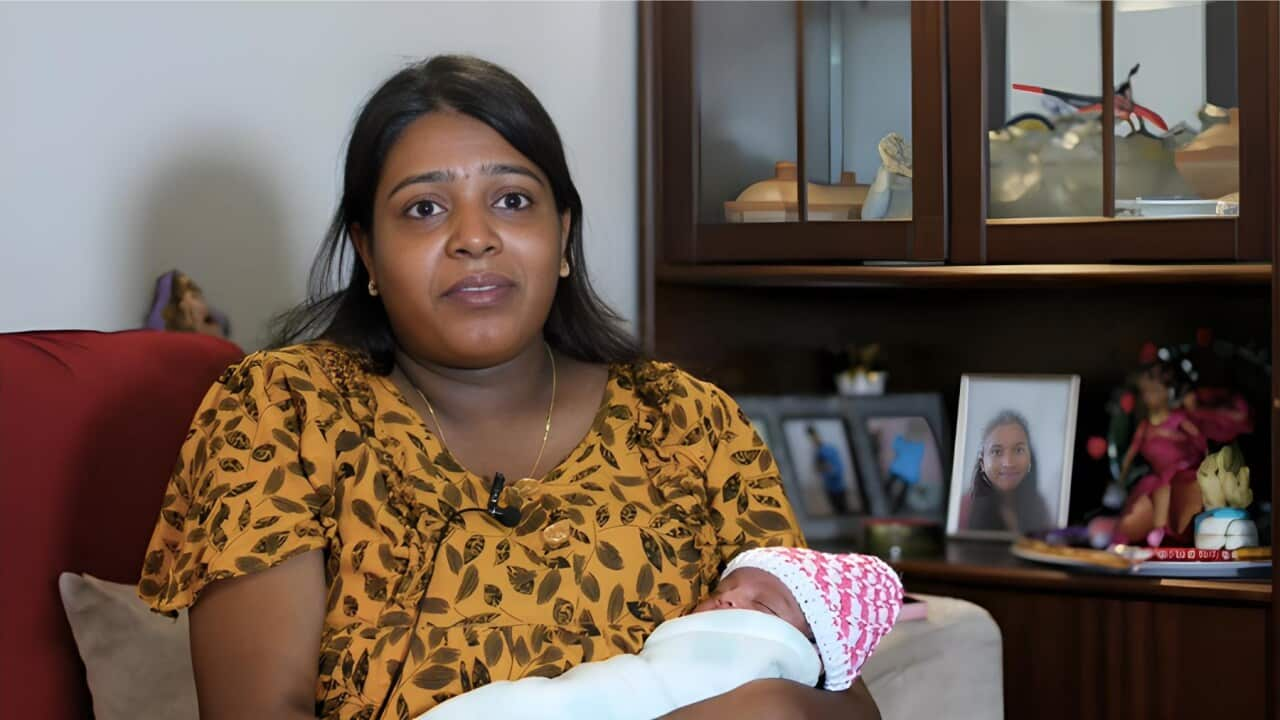TRANSCRIPT
The clock is ticking in Gaza.
That's according to a new report from the Integrated Food Security Phase Classification - or the IPC.
The reports says virtually everyone in Gaza is struggling to get enough food, and that around 677,000 people — nearly a third of the population of 2.3 million — are experiencing the highest level of catastrophic hunger.
It says between now and May for around 210,000 people in northern Gaza famine is imminent.
Arif Husain is the chief economist at the United Nations World Food Programme.
"Our hope is we can still avert a full-fledged famine. But the window is shutting, and it is shutting very, very fast.”
The IPC is an international process for estimating the scale of hunger crises.
The IPC is comprised of a five-phase scale that assesses the food security situation of a particular country or region.
The lowest classification of one is none or minimal, four is classified as emergency requiring urgent action, while five is a catastrophe or famine where urgent action is needed to prevent widespread death.
Antonio Guterres, the United Nations Secretary-General, says the latest report on food insecurity in Gaza shows the situation there is the worst ever recorded by the IPC system.
"The world’s leading experts on food insecurity clearly document that famine in the northern part of Gaza is imminent. More than half of all Palestinians in Gaza –1.1 million people– have completely exhausted their food supplies and are facing catastrophic hunger. Palestinians in Gaza are enduring horrifying levels of hunger and suffering. This is the highest number of people facing catastrophic hunger ever recorded by the Integrated Food Security Classification system –anywhere, anytime."
There are three conditions that need to be met for a famine to occur.
First - when at least 20 per cent of the population are facing extreme levels of hunger and one in three children are acutely malnourished and - when two adults, or four children, for every 10,000 are dying daily from outright starvation.
Lucia Goldsmith oversees the humanitarian program strategy at Oxfam Australia.
She says famine declarations are rare.
"Often in these situations it is very difficult to have access, reliable data. We're often talking about populations that have been displaced. The people are often in areas that are not easily accessible for agencies to do those assessments. And it is also a political process. So a number of stakeholders need to be in an agreement for a famine to be declared, and often the governments are unwilling to declare famine."
Professor Johannes LeCoutre is a Professor of Food and Health at the University of New South Wales, specialising in food security.
He says famine is the most extreme end of food insecurity.
"Famine, I would say, is an extreme scenario of food insecurity. Or if oyu will, the most extreme scenario of food insecurity. And then you have the term hunger as well. Everyone knows being hungry. But acute hunger is equal to famine, and basically relates to a scenario where people do not know what to eat the next day. We have about 200 million people globally on our planet who suffer from acute food insecurity, 200 million pepole on our planet who do not know what to eat the next day."
He says this is different to chronic food insecurity, suffered by around 800 million people globally, where people go to sleep hungry but have ideas or opportunities to obtain food the next day.
Since the IPC was formed in 2004 to monitor hunger in Somalia, it's only classified two famines.
In parts of southern Somalia in 2011, due to severe drought; and in 2017, central-northern South Sudan after the civil war.
But once a famine is declared is it possible to reverse the damage?
Professor Lecoutre explains.
"You have to carefully replenish nourishment into that person, into that group, into that population. You have to look for key nutrients, you have to make sure there is also enough water. You have to make sure that anything from protein, to fats, to carbohydrates, to micro-nutrients is being made available. And you ideally do this under medical supervision."
The IPC says that famine can be prevented in Gaza's north if full aid access is allowed.
But Israel says it already allows what it says is "extensive humanitarian aid into Gaza by land, air, and sea".
The growing severity of hunger crisis in Gaza has added more pressure on Israel to streamline the entry of aid into the Gaza Strip and to open more land crossings. It comes as Israel launched another raid on the largest hospital in the Gaza Strip.













